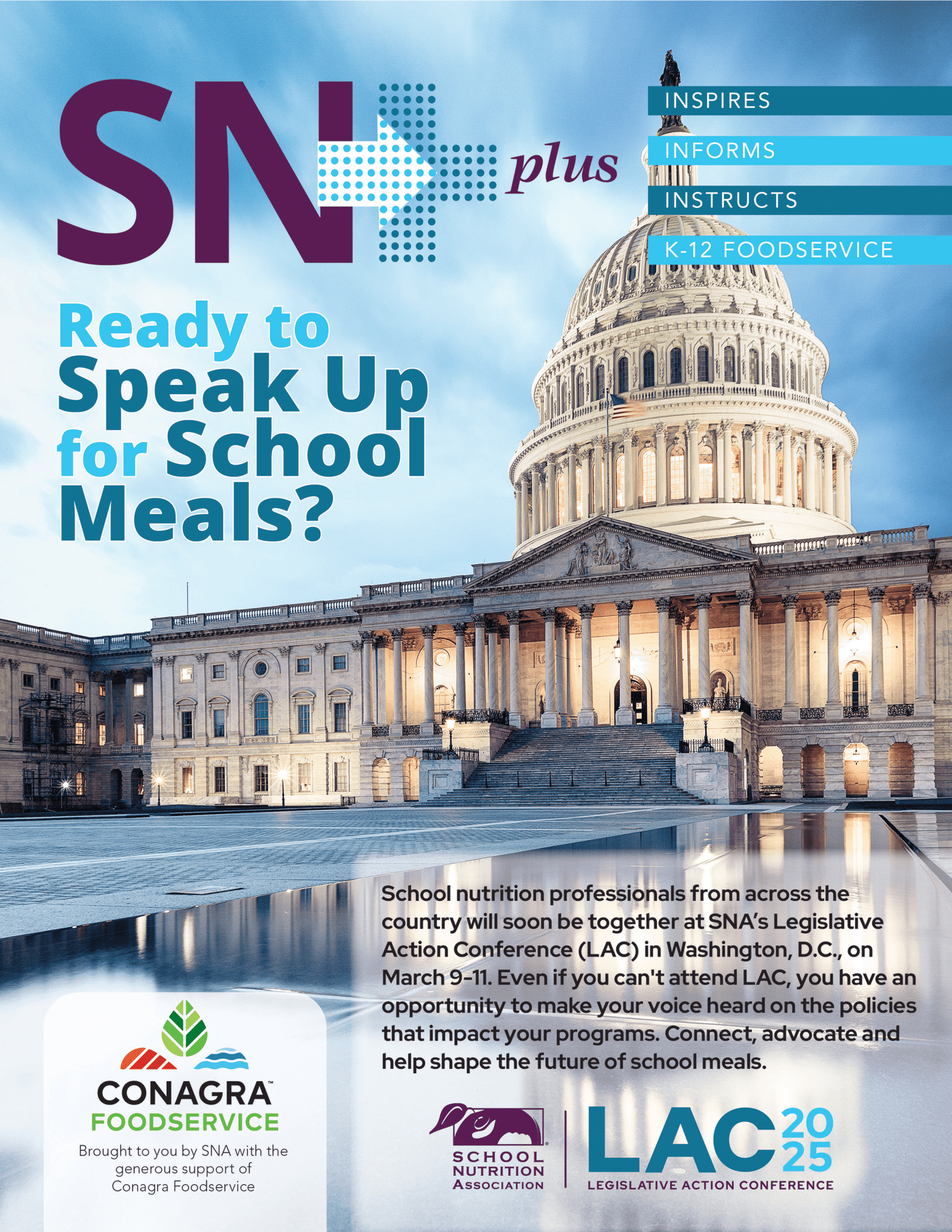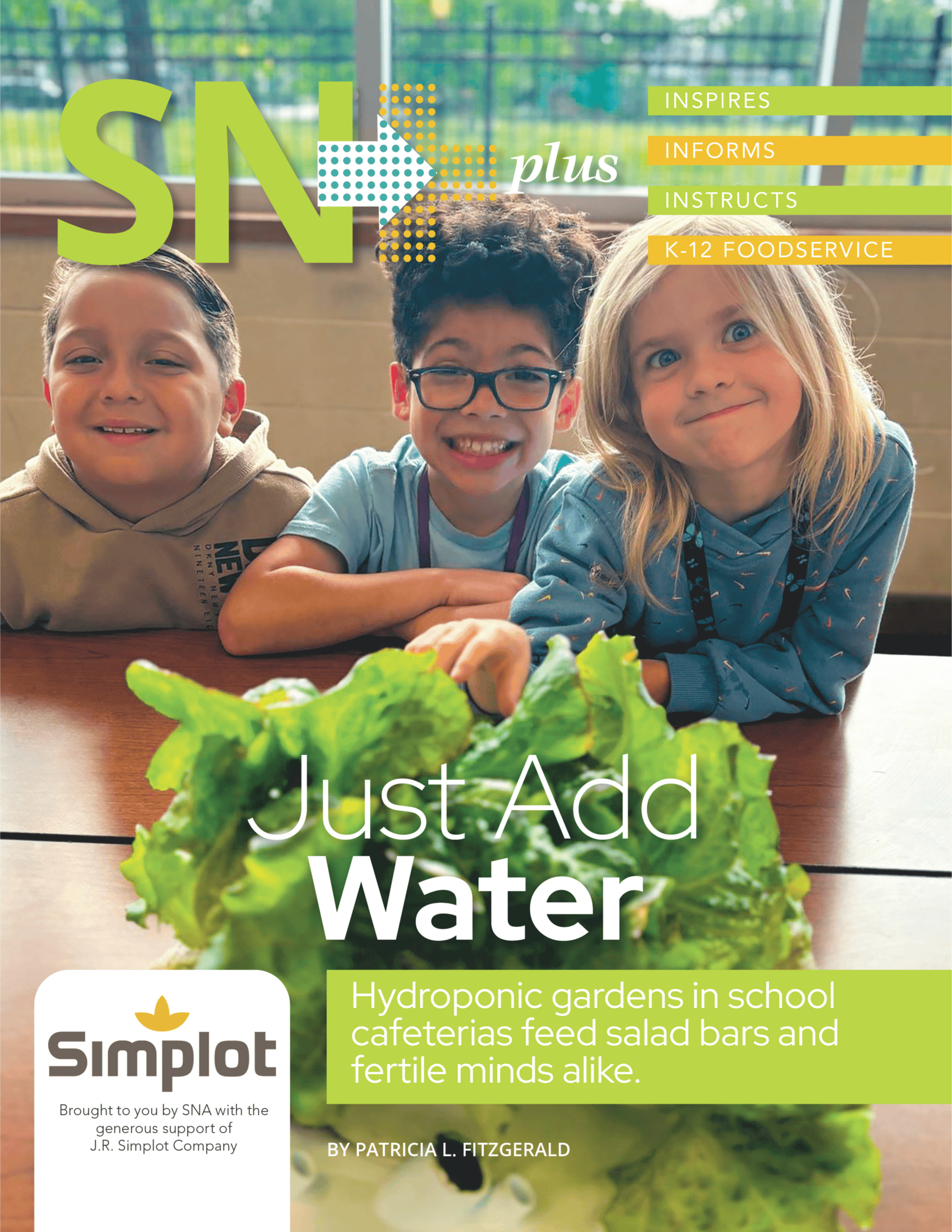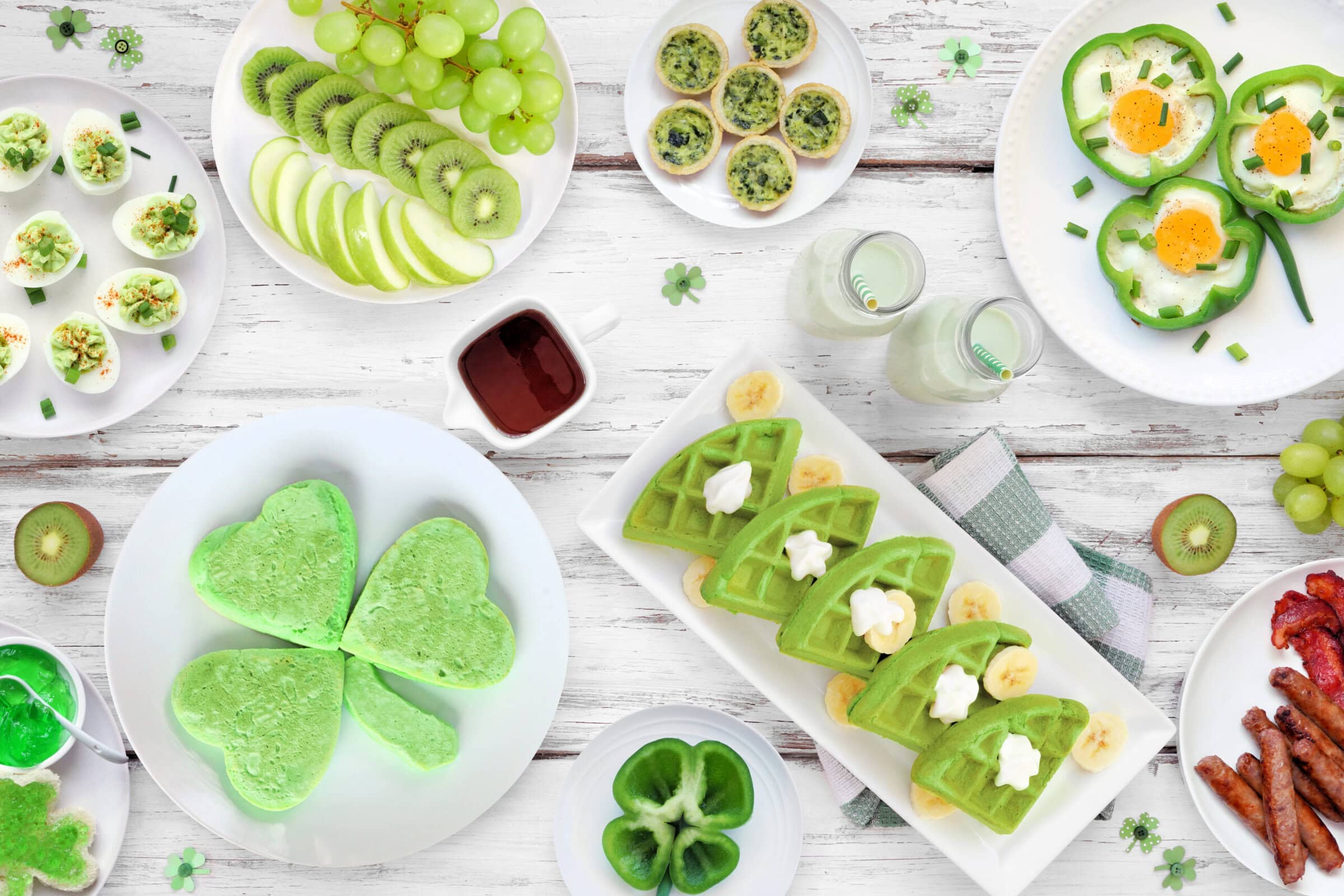Inform
The first step in increasing student engagement is making sure students know who to talk to about their school meals, as well as encouraging them to do so. Use a suggestion box, and provide school lunch staff questionnaires.
Is your program on social media? Solicit online feedback, and let students know where to find school meal information with banners.
Introduce
When surveyed, FUTP60 Student Ambassadors indicated they want to know more about the people working in their school cafeterias, not just the food being prepared. Combine a mix of strategies to help connect the students with school nutrition staff, and get them more engaged in decisions about their school meals. Make their time in the lunch line and the cafeteria count!
Connect school nutrition staff with students in a meaningful way with “icebreakers” and other prompts that facilitate student-staff connections. Eye-catching signage with prompts like, “Meet Your Cafeteria Manager,” “Un-Be-Leafable School Meal Ideas,” and “Give Us Food for Thought,” helps everyone get to know one another, creating opportunities for engagement.
Socialize
Use social media effectively by tailoring content for each platform. For example, students are more likely to use Snapchat and Instagram for social sharing than Facebook, so make sure you’re adept at using the apps your students like—it’s yet another opportunity for a survey!
Don’t forget to login to your member account for additional marketing materials and shareable content to use on social media.
Communicate
Don’t just ask students what you want to know, ask them what they want you to know—about food, customer service, the lunch line experience, cafeteria décor, and more.
National Dairy Council’s Fuel Up to Play 60 program includes resources to help Program Advisors to get students engaged; download their tools and resources for additional ideas to open the lines of communication between staff and students
Involve
Extend an invitation to students to get involved! Create student panels to taste test new menu items, hold naming contests for new dishes, or have a school-wide school meals meme contest to kick off a new PR campaign. Help students feel invested in school meals with an invitation to participate.
Interact
Shake things up! Move your staff out from behind the line, and students out from the lunch line, to interact in new ways. The FUTP 60 Playbook comes in handy here, with healthy eating plays designed especially for school breakfast, farm-to-school, and more.
Captivate
Captivate your captive audience! Grab their attention with trivia games, taste tests, food decorating contests, and other engaging activities. Every time a student steps into line or sits down at a cafeteria table is a chance to engage them!
Connect
Students are more tech-savvy than ever, which means you have to meet them where they live—online! Convert your in-person engagement strategy for social media with food-rating apps and online games. Dig in to those members-only SNA resources for banners, fliers, and logos to use across all social media channels.
Respond
If there is one thing we learned from listening to students it’s that they want to feel like someone is listening. Responding to negative feedback can be challenging, but it provides another opportunity to create dialogue.
Practice responses with if/then statements; for example: If a student says ‘I hate school lunch!’ you should ask them to ‘be more specific and constructive, and cite examples of what they would like to see on the menu instead.’”
Appreciate
Saying ‘thank you’ is just the first step! Students want to know how their feedback made a difference, so be specific and share how their comments, questions, and concerns affected change in the school cafeteria.
Thanks/Contributions
Linette Dodson, PhD, RD, LD, SNS, FAND, Director of School Nutrition, Carrollton City Schools in Georgia and Sandra Voss MS, RD, SNS, Director of Food & Nutrition Services, Marquardt School District 15 in Illinois who helped uncover insights in discussions with the Student Ambassadors and provided input on some of the resources.
Category
Communications & Marketing, Ideas & Inspiration, Nutrition & Meal Planning, Nutrition Education
Resource Type
Related Resources

SN Plus: Ready to Speak Up for School Meals?
Read More



